Vacations in soviet resorts
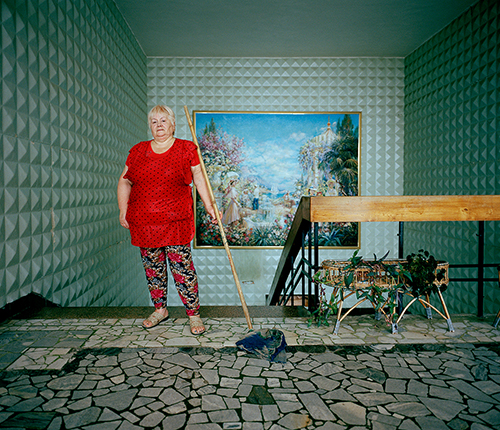
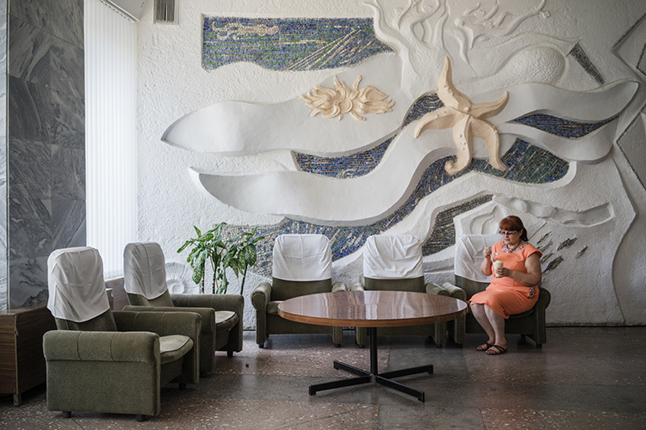
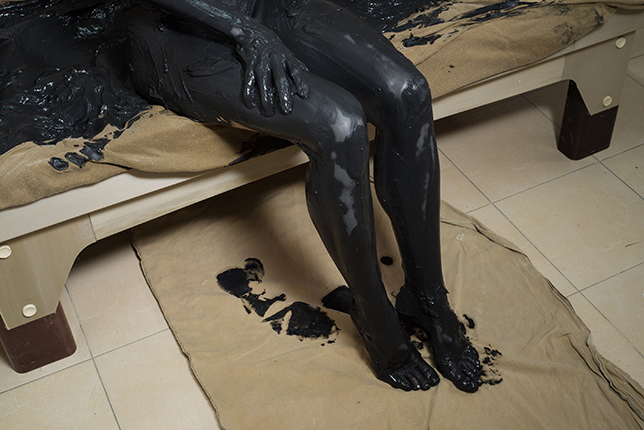
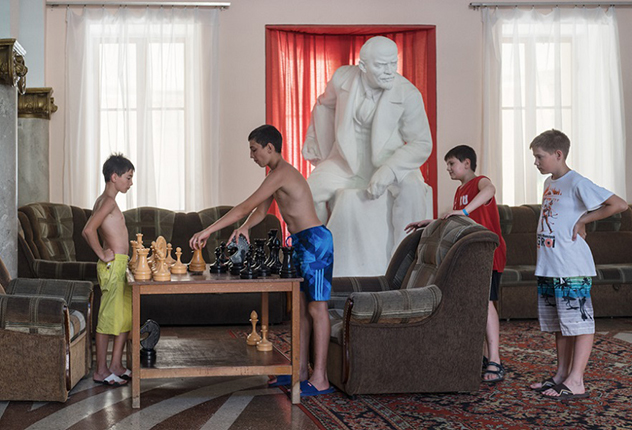
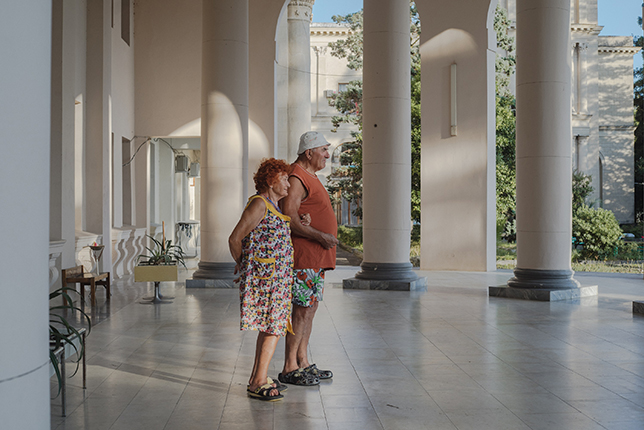
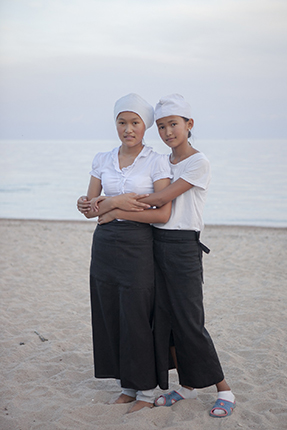
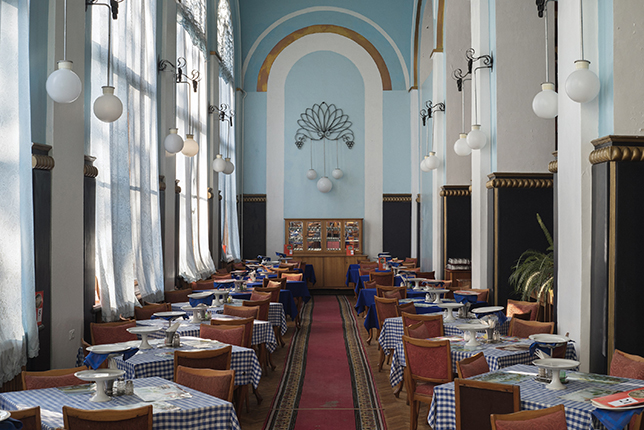

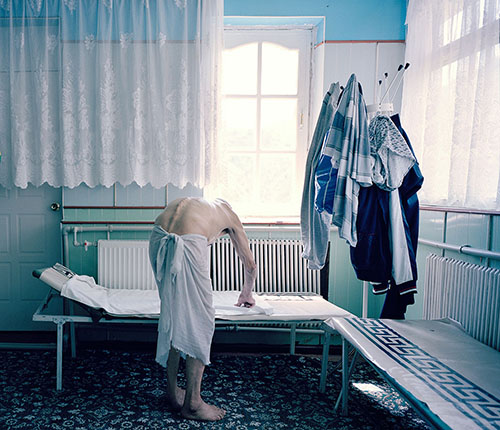
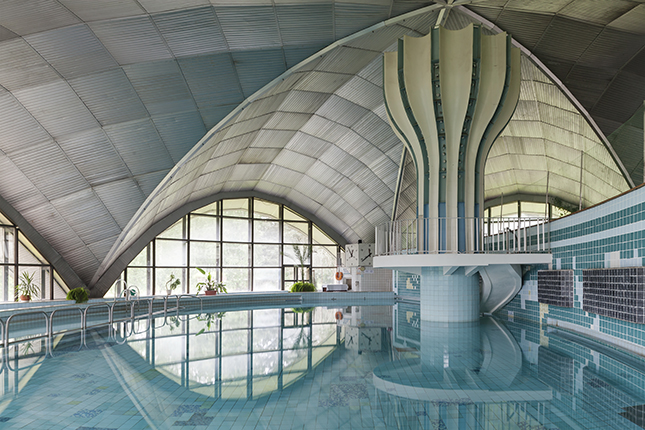
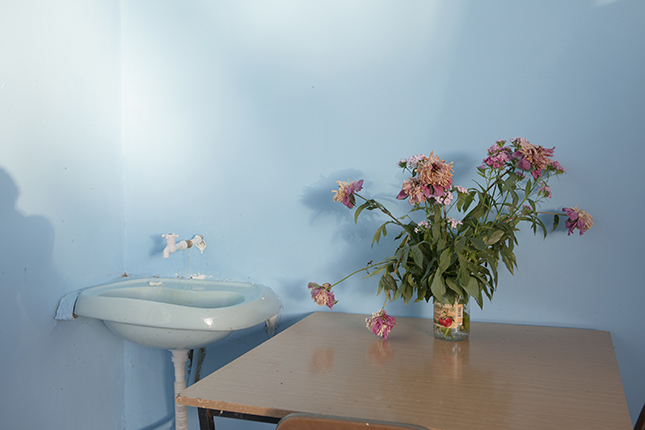
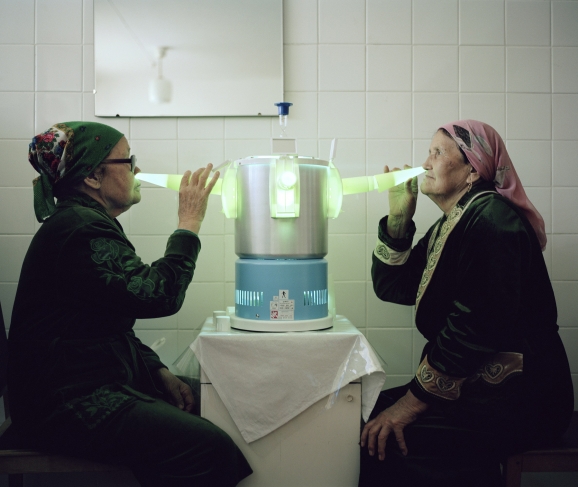
Michal Solarski. Miskhor sanatorium. Crimea, Russia, 2016. Digital print. Collection of the author
Dmitry Lookianov. Alyans sanatorium. Zheleznovodsk, Russia, 2016. Digital print. Collection of the author
Dmitry Lookianov. Alyans sanatorium. Zheleznovodsk, Russia, 2016. Digital print. Collection of the author
Dmitry Lookianov. Amra International sanatorium. Abkhazia, 2016. Digital print. Collection of the author
Dmitry Lookianov. Amra International sanatorium. Abkhazia, 2016. Digital print. Collection of the author
René Fietzek. Armenia, 2016. Digital print. Collection of the author
Dmitry Lookianov. Amra International sanatorium. Abkhazia, 2016. Digital print. Collection of the author
Dmitry Lookianov. Amra International sanatorium. Abkhazia, 2016. Digital print. Collection of the author
Michal Solarski. Khoja Obi Garm sanatorium. Tajikistan, 2016. Digital print. Collection of the author
Natalia Kupriyanova. Klyazma sanatorium. Moscow region, Russia, 2016. Digital print. Collection of the author
René Fietzek. Jermuk sanatorium. Armenia, 2016. Digital print. Collection of the author
Michal Solarski. Aurora sanatorium. Kyrgyzstan, 2016. Digital print. Collection of the author
Moscow, 12.04.2018—27.05.2018
exhibition is over
Central exhibition hall Manege
1, Manege Square (
www.moscowmanege.ru
Share with friends
Curator: Maryam Omidi
Exposition: Nina Levitina
For the press
XII INTERNATIONAL MONTH OF PHOTOGRAPHY IN MOSCOW ‘PHOTOBIENNALE 2018’
Vacations in soviet resorts
Olga Ivanova, Dmitry Lookyanov, Natalia Kupriyanova, Michal Solarski, René Fitsek
Curator: Maryam Omidi
Exposition: Nina Levitina
Multimedia Art Museum presents the exhibition Vacations in soviet resorts, as part of ‘Photobiennale 2018’. The project, which was later to become a book, began when British journalist Maryam Omidi, a writer on the former Soviet Union for Britain’s leading publications, visited one of Tadjikistan’s resorts running since the Soviet era.
The classic Soviet sanatorium made a lasting impression on Maryam Omidi. Returning from her trip, Omidi immediately launched a crowdfunding campaign on Kickstarter to raise funds for an expedition to visit functioning Soviet sanatoriums and publish a photobook.
Maryam Omidi brought together an international team of young and talented photographers and outlined the route of the expedition. It included 13 countries: Abkhazia, Armenia, Azerbaijan, Belarus, Georgia, Kazakhstan, Kyrgyzstan, Latvia, Moldova, Russia, Tajikistan, Ukraine and Uzbekistan. Omidi compiled a list of the most famous Soviet health resorts, from which the team selected those that were still running and retained most of their original architectural appearance. When visiting the sanatoriums, the participants discovered that these ‘dinosaurs’ from another world had managed to adapt to the new time, fitting quite organically into the new reality, but apart from modern spa treatments, they also offered something much more enticing — a nostalgic immersion into the Soviet utopia.
The exhibition presents works by variety of authors: graduate of the Rodchenko School of Photography and Multimedia Dmitry Lookyanov; young Moscow photographer Olya Ivanova; German photojournalist René Fitsek; Polish photographer working in London in the fields of documentary and advertising Michal Solarski, and also Natalia Kupriyanova.
Recently, the world has seen a surge of interest in Soviet architecture, and Holidays in Soviet sanatoriums is clear evidence of this. However, this project is not only about architecture, but a story about what happens to someone when they find themselves inside this other — ‘sanatorium’ reality.
Visiting resorts has always been the privilege of the elite. But the Soviet government opened resorts for everyone for the first time in history. Sanatoriums became the most striking symbol of communist utopia, epitomizing the idea of the state looking after its people. Every Soviet citizen who worked tirelessly for the Motherland in the name of a bright future could be rewarded. And this rewards was embodied in a trip to the sanatorium. Anyone could earn the right to this privilege — labourer, farmer, teacher or scientist. By the 1920s the Soviet government had already converted Livadia Palace, former residence of Russian emperors, into a sanatorium for workers and peasants.
In the 1930s, the erection of sanatoriums, as iconic constructions, began across the whole territory of the Soviet Union. Stalinist sanatoriums, whether in Sochi or Norilsk, bear the imprint of Stalin’s Empire style prevailing in architecture of the time. The late 50s — early 60s was a particularly fruitful period, with sanatoriums springing up to a backdrop of widespread residential construction, booming at the time. The design of sanatoriums and their interiors was entrusted to the leading Soviet architects, and was an outlet for their personal creative ambition. Taking into account the particular social significance of these resorts, careful attention was paid to the quality of construction and interior design, which allowed many of these edifices to survive and function to this day. In Russia, and the former Soviet Union, these resorts provide an opportunity for an immersive research of styles that, more than half a century later, have entered the history annals of architecture and design. A major part of the project focuses on this topic. No less interesting are the photographs showing staff and guests using the sanatoriums today.
Sanatoriums always place an individual into a different reality — turning off the usual social roles and life routines, replacing them with a regime of massages, spa treatments, gymnastics, walks, precise mealtimes and a strictly regulated sleeping and waking schedule. Throwing off their usual clothes and dressed in sanatorium robes, subjected to the rules of medics and staff, people become equal and alone. Being in a sanatorium requires one to attune to one’s body, whereas the hard rhythm of everyday life demands the opposite.
Life in the sanatorium is a specific social phenomenon, simultaneously revealing and eradicating the individual human ‘I’. This has been a topic of interest for great writers such as Thomas Mann (The Magic Mountain), and filmmakers including Andrei Tarkovsky (Nostalgia) or Paolo Sorrentino (Youth). In Holidays in Soviet Sanatoriums the subject has found an interesting photographic incarnation.








